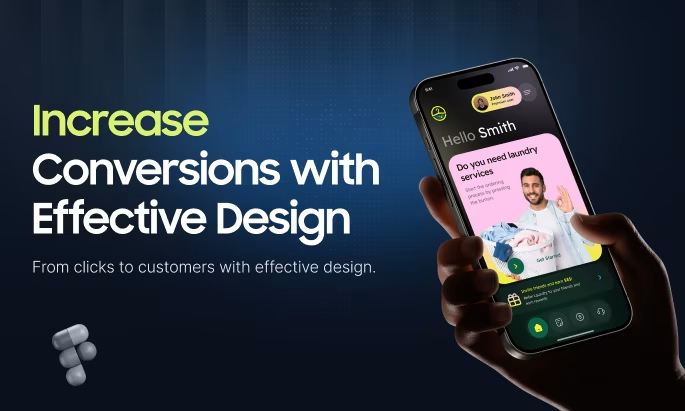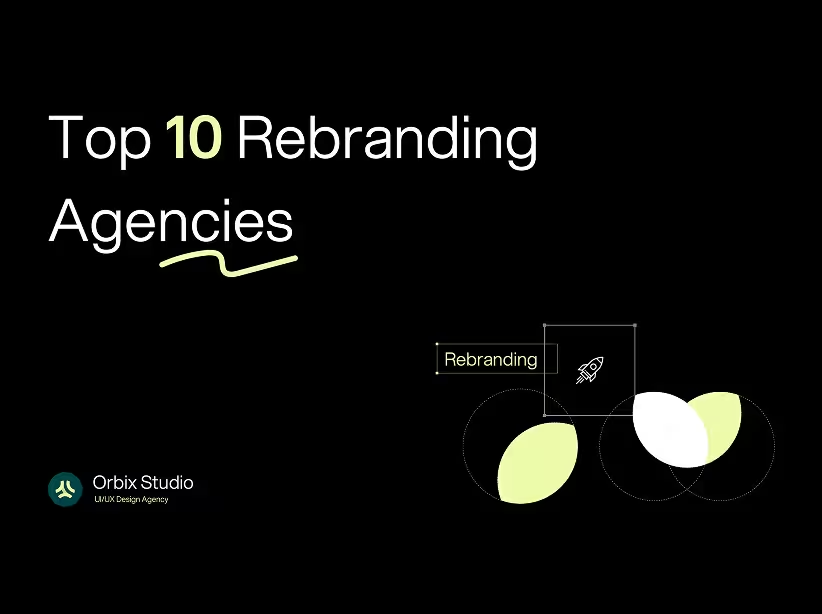Table of Contents
- The Business Case: Why UX Design Matters More Than Ever in E-commerce
- Strategy 1: Streamline Navigation and Product Discovery for Effortless Browsing
- Strategy 3: Optimize Checkout Processes to Minimize Friction and Abandonment
- Strategy 4: Ensure Mobile-First Responsiveness and Speed for On-the-Go Shoppers
- Strategy 5: Incorporate User Feedback and A/B Testing for Continuous Improvement
- Final Thoughts: Elevate Your E-commerce UX for Unstoppable Growth

In the competitive world of e-commerce in late 2025, where global online sales are set to exceed $7 trillion, UX design for e-commerce websites has become the ultimate game-changer for boosting conversion rates and driving revenue growth. Poor UX can lead to sky-high cart abandonment—averaging 75.6%—while optimized experiences turn casual browsers into loyal customers, with every $1 invested in UX yielding up to $100 in returns. At Orbix Studio, an AI-powered UI/UX design agency based in New York with a global team from Dhaka, we've transformed e-commerce platforms for over 120+ SaaS, fintech, and healthtech clients since 2018, achieving 200-400% increases in conversion rates through targeted strategies. This comprehensive guide explores why UX design is essential for e-commerce success and provides actionable strategies to enhance user experiences, reduce bounce rates, and maximize sales. If you're searching for ways to improve UX design for e-commerce and increase conversion rates, read on for data-backed insights tailored for startups and SMBs.
The Business Case: Why UX Design Matters More Than Ever in E-commerce

E-commerce thrives on seamless interactions, but subpar UX design can silently sabotage your bottom line. In 2025, 88% of shoppers won't return after a frustrating experience, contributing to trillions in lost revenue from issues like slow loading times and confusing navigation. Conversely, superior UX design for e-commerce websites fosters trust and efficiency, with design-driven platforms outperforming competitors by 211%. Mobile optimization is key, as 60% of traffic comes from handheld devices, yet poor mobile UX spikes abandonment by 50%.
Compelling stats highlight the stakes:
- Accessible UX expands your audience, considering 26% of adults have disabilities—neglecting this means missing out on billions in potential sales.
- AI-integrated UX, such as personalized recommendations, can elevate average order values by 20% and overall conversions by 80%.
- At Orbix Studio, our e-commerce UX overhauls have reclaimed 30% of abandoned carts for clients, turning potential losses into profitable gains.
Strategy 1: Streamline Navigation and Product Discovery for Effortless Browsing

E-commerce navigation UX flowchart
Effective UX design for e-commerce starts with intuitive navigation that guides users to products quickly. Clunky menus lead to high bounce rates, but strategies like AI-powered search bars—handling natural queries such as "best budget laptops for students"—can slash search times by 35% and boost conversions.
Key Implementation Steps:
- Incorporate mega-menus, filters, and breadcrumb trails for logical browsing.
- Leverage visual search and AR previews (e.g., virtual try-ons for clothing) to enhance engagement by 40%.
- Orbix Studio's redesigns have helped clients achieve 25% lower bounce rates through A/B-tested layouts optimized for desktop and mobile.
Strategy 2: Personalize Experiences with AI to Build Loyalty and Boost Sales

AI personalization in e-commerce UX example
One-size-fits-all is outdated—AI-driven personalization in UX design for e-commerce websites tailors content to individual behaviors, increasing conversion rates by up to 80%. In 2025, 68% of consumers expect customized interactions, making this strategy vital for retention.
Proven Tactics:
- Use dynamic homepages and product recommendations based on browsing history (e.g., "Items similar to your recent views").
- Deploy chatbots for instant, context-aware support, cutting cart abandonment by 20-30%.
- For a retail client, Orbix's AI personalization features resulted in a 45% rise in repeat purchases and higher average order values.
Strategy 3: Optimize Checkout Processes to Minimize Friction and Abandonment
The checkout stage is a conversion killer, with 75.6% abandonment often due to lengthy forms or hidden fees. Streamlined UX design here—featuring one-click payments and clear progress bars—can recover up to $260 billion in lost sales globally.
Deep Dive Strategies:
- Enable guest checkouts and auto-fill options to reduce steps by 50%.
- Support diverse payment methods, including digital wallets and buy-now-pay-later, tailored to user locations for 30% higher completions.
- Orbix overhauls have minimized friction, helping e-commerce sites reclaim millions in abandoned revenue through trust-building elements like security badges.
Strategy 4: Ensure Mobile-First Responsiveness and Speed for On-the-Go Shoppers

Mobile-first e-commerce UX mockups
With mobile e-commerce projected at $3.5 trillion in 2025, a mobile-first UX design is essential to prevent 50% abandonment on slow or unresponsive sites. Prioritize load times under 3 seconds and thumb-friendly interfaces.
Actionable Steps:
- Adopt progressive web apps (PWAs) for faster, offline-capable experiences.
- Test rigorously on devices—Orbix's mobile optimizations have doubled conversion rates for SMB clients by enhancing touch interactions and speed.
Strategy 5: Incorporate User Feedback and A/B Testing for Continuous Improvement
Static sites stagnate; dynamic UX design for e-commerce relies on feedback loops and A/B testing to refine elements, potentially increasing conversions by 83% with just a 10% budget tweak. AI tools in 2025 automate insights for proactive adjustments.
Best Practices:
- Monitor key metrics like session duration, bounce rates, and Net Promoter Scores (NPS).
- Conduct quarterly iterations—Orbix clients experience 25% year-over-year growth from data-informed UX enhancements.
Final Thoughts: Elevate Your E-commerce UX for Unstoppable Growth
As e-commerce evolves in 2025, prioritizing UX design for e-commerce websites is key to increasing conversion rates, reducing abandonment, and fostering customer loyalty in a $7+ trillion market. These strategies provide a roadmap to transform your site into a high-performing sales engine.
At Orbix Studio, we specialize in AI-optimized UX for e-commerce, blending Webflow development and motion design for impactful results. Ready to boost your conversion rates?






